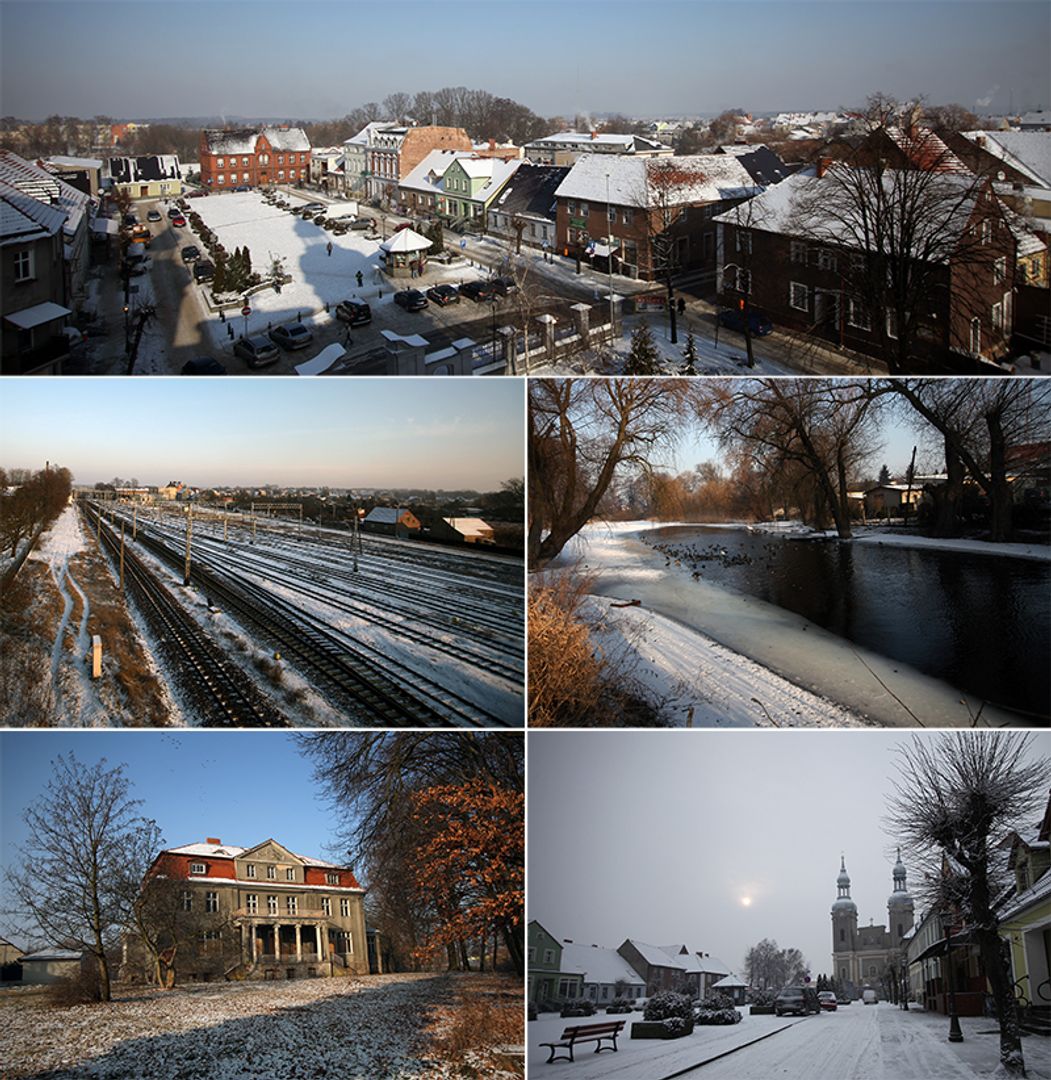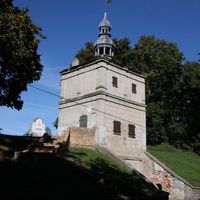Zbąszyń
6.91

Overview
Zbąszyń, located in the Greater Poland Voivodeship, is a town with a rich history dating back to the Middle Ages, documented as early as the 13th century. Its name derives from the personal name Zbąsza, and its urban architecture features the remains of a castle and a Baroque church, formerly a collegiate church, built between 1757 and 1796. The castle, expanded by the Ciświcki family, survived until the 20th century when it was destroyed by the Germans. Zbąszyń was an important trade center, obtaining town rights in the 14th century and becoming a hub for crafts in the 15th century. In the 16th century, there were as many as 72 artisans, and the community grew, forming various professional guilds. The town witnessed numerous historical events, including battles during the Greater Poland Uprising and the brutal German occupation during World War II. Modern-day Zbąszyń, home to the Museum of the Zbąszyń Land, serves as a recreational center and a hub for water sports, with its surroundings, including Lake Błędno, attracting tourists. In 2014, according to the population age pyramid, Zbąszyń had a diverse demographic structure, reflecting its multicultural heritage. The Goat Region, including the area around Zbąszyń, boasts unique folklore, including musical traditions associated with the folk instrument known as the kozioł (bagpipe). The town also has a well-developed transport network, including the Zbąszyń railway station, and since 1924, it has been home to the football club KS "Obra." Thus, Zbąszyń is a place where history, culture, and nature intertwine into a fascinating whole, with numerous monuments and traditions that remain alive in the local community.
Location
You can also find here:
2025 Wizytor | All Rights Reserved
